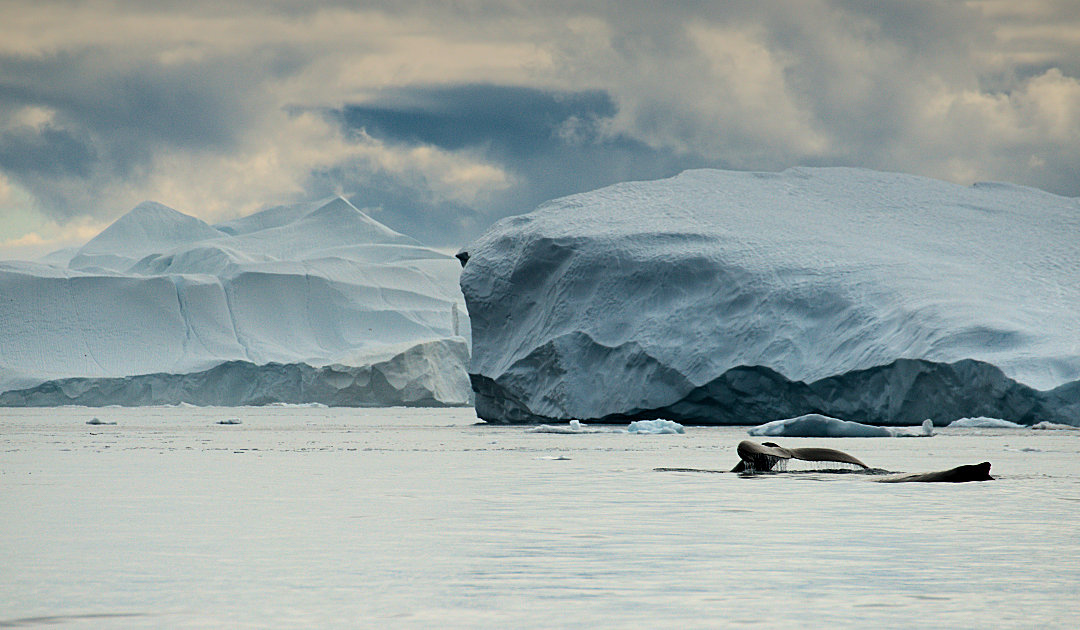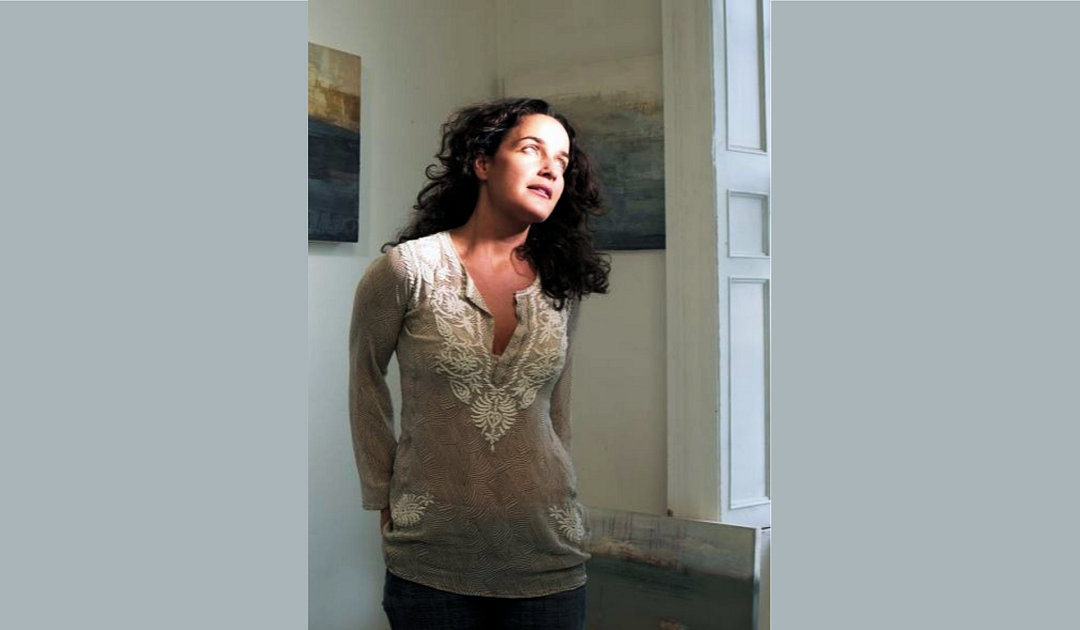
The underwater world is not necessarily a place of peace and quiet. Below the surface of the ocean it is sometimes very noisy. This is because sound travels farther and faster in water than in air, and thus carries sound even to the most remote regions, such as arctic waters. And much of it is not natural, but caused by humans. Research and art have now joined forces in the course of an expedition to study noise in an Arctic body of water.
Over the past four weeks, research teams, including those from the Woods Hole Oceanographic Institution WHOI and Irish artist Siobhán McDonald have been out in the Davis Strait between Canada and Greenland, deploying underwater microphones and other measuring devices. The goal is, on the one hand, to learn more about the acoustic changes in the waterway on cetaceans and other marine life, and to collect data about other hydrographic changes in the first place. On the other hand, Siobhán McDonald wants to use the records of the sounds of melting icebergs and other underwater sounds and compile them into an acoustic work of art, drawing attention to the human impact of noise and climate change.

Both the Arctic part of Canada and Greenland are both strongly affected by the climatic changes in the Arctic, which is also reflected in the loss of ice masses on the islands and the ice sheet of Greenland. Due to the numerous calving events and the formation of icebergs, vast amounts of fresh water are transported into the Davis Strait. When these icebergs melt, the salinity of the water changes. This, along with rising ocean temperatures, is affecting acoustic properties in the water body, which in turn is impacting whales and other marine organisms. Research teams are tracking these changes in their work by deploying five hydrophones on buoys in Davis Strait, which will record data every hour for the next two years and be collected again in 2024. The whole expedition is part of a WHOI observational project to collect and compare freshwater and heat influx data in the Arctic Ocean gateway areas. In addition to the hydrophones, twelve more buoys with measuring devices were released.


Also on board during the whole four weeks was Irish artist Siobhán McDonald. The U.S.-born artist aims to combine research and art in her work, which she says explores and depicts the Anthropocene and the recent consequences of human interaction with nature. To do this, she collected impressions and data to prepare for her new art project. The plan is to use the data collected by the hydrophones to work with a composer to create an art installation of sounds, paintings and sculptures to help people understand at exhibitions the impact of natural and man-made sounds and the warming climate on the Arctic.
What you’re hearing in the hydrophones is a snapshot of time. They are like a time capsule.
Siobhán McDonald, artist
“I’m interested in hearing the acoustic pollution,” she explained in an interview with the British newspaper The Guardian. “Sound is fundamental to marine and Arctic animals. Hearing is essential for communication, reproduction, feeding and ultimately survival. It shows how important it is to pay attention to the pollution we create for the ecosystems around us.” For her, the sounds and tones emanating from melting icebergs are a reminder from the oceans of the tipping points where change is irreversible and has likely already passed. “What you’re hearing in the hydrophones is a snapshot of time. They are like a time capsule.”
Dr Michael Wenger, PolarJournal
Link to the website of Siobhán McDonald
More on the topic





